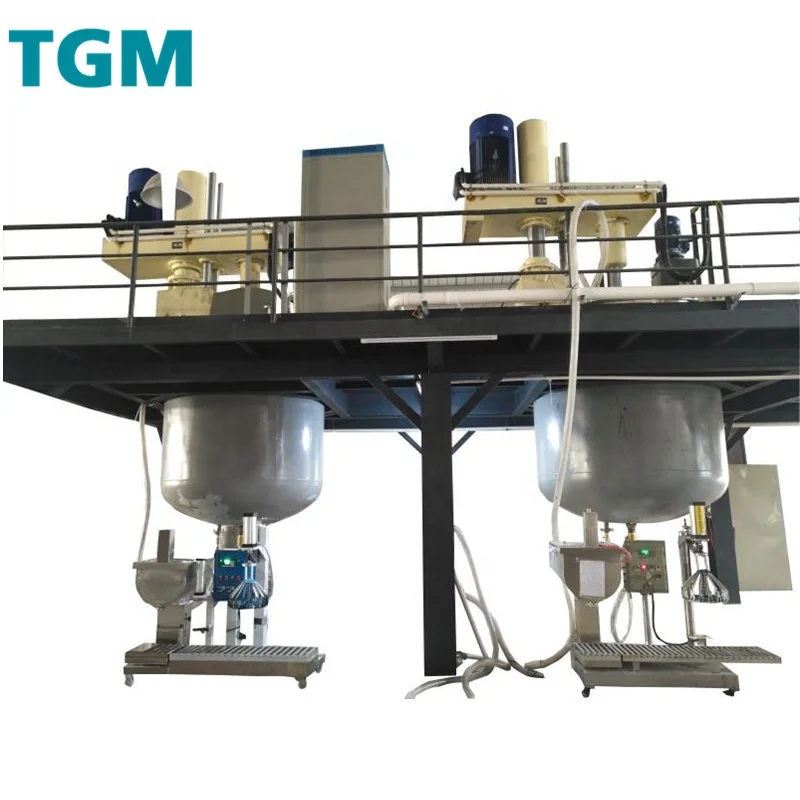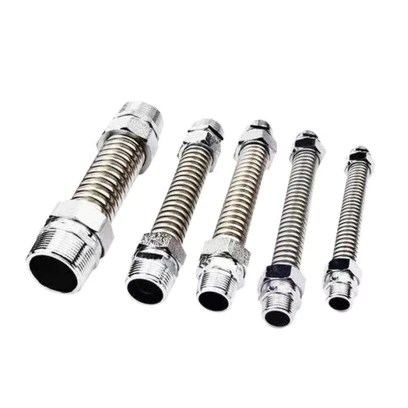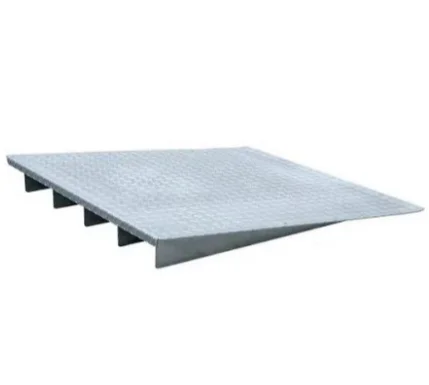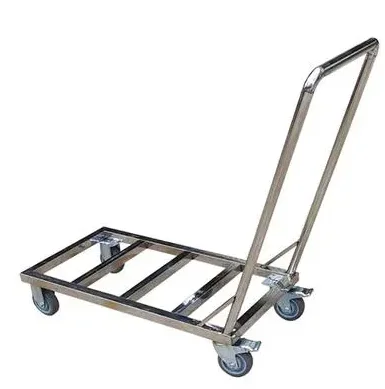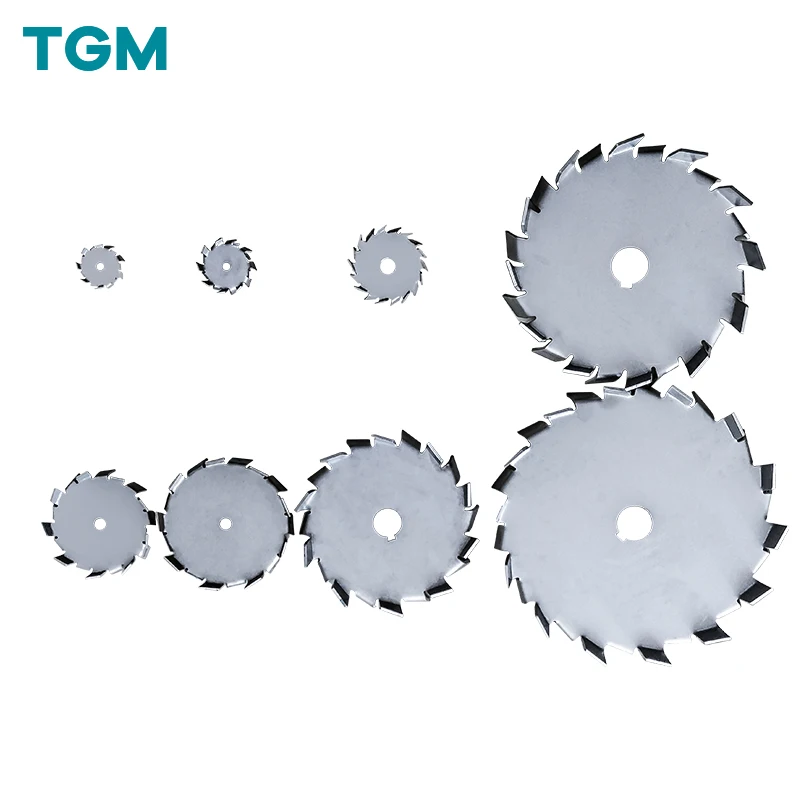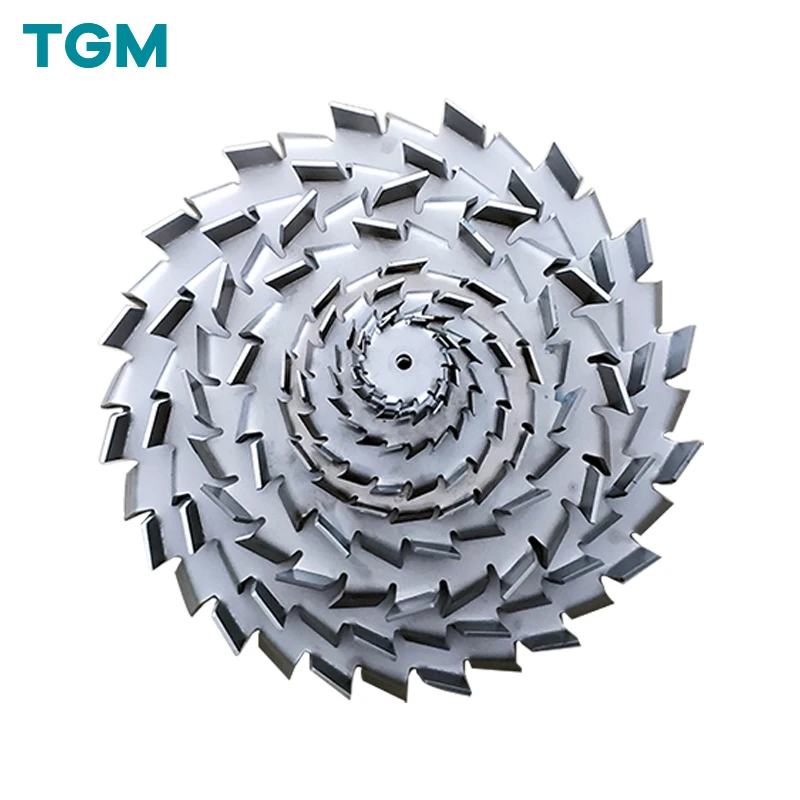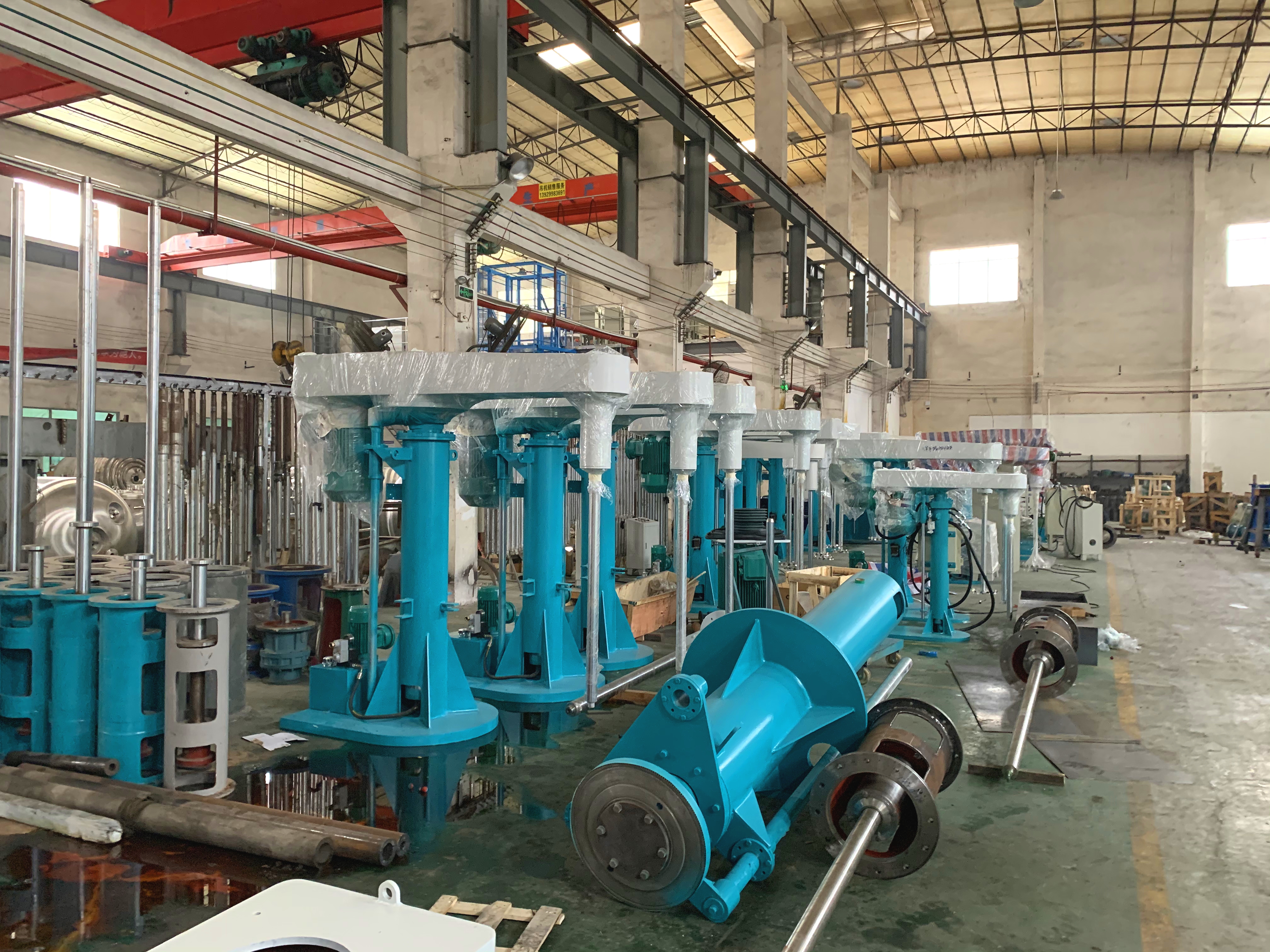
ABOUT
TGM Machine is a leading supplier in the field of chemical machine industry. We are a group company with 19 years of industry experience. We located in Guangdong and Hunan province.
Our main products include kinds of mixer, bead mill, reactor, filter and filling machine. Our machines are widely use to make different products, for example paints, coatings, putty, inks, pigments, dyes, thinner, hardener, emulsions, varnish, glues, adhesives, resins, RTV, HTV, silicone sealant, MS sealant, PU sealant, lithium battery, electronic slurry&pastes, pulps, grease, silicon dioxide, liquid rubber, pesticide, liquid fertilizer, disinfectant, detergent, gel, lotions, shampoo, body wash, liquid soap, hand sanitizer, liquid wash, nail polish, creams, and so on. We are professional supplier for one stop solution of your full lines too.
We have professional R&D design team, strong technical support, skilled production team, reliable after sales service, flexible customized solutions, to meet your various standards and non standard equipment procurement needs. We integrate design, development, production, sales, installation and training together. In addition, we have obtained kinds of certificates, such as ISO9001, ATEX, CE and so on.
Till now we have customers from more than 60 countries, such as UK, Spain, Italy, Germany, Netherlands, Bulgaria, Romania, Serbia, Cyprus, Russia, Belarus, Ukraine, America, Canada, Mexico, Brazil, South Africa, Algeria, Zambia, Kenya, Zambia, Cameroon, Ethiopia, Uganda, Madagascar, Malaysia, Indonesia, Singapore, Vietnam, Thailand, Kazakhstan, Uzbekistan, Tajikistan, Bangladesh, India, Pakistan, Lebanon, Iraq, Egypt, Qatar, Yemen, Oman, Turkey, Saudi Arabia, UAE and some other countries.
PRODUCTS
High Efficiency Silicone Sealant Filling Machine Automated Production Line for Superior Speed and Precision
Enhanced Filling Speed and Throughput
Traditional manual or semi-automated silicone sealant filling methods are inherently slow and prone to inconsistencies. Human error, variations in manual application force, and the inherent challenges of handling viscous fluids all contribute to reduced output and increased waste. High-efficiency automated lines address these limitations through the integration of advanced robotic systems and precise dispensing mechanisms. These systems can operate continuously at significantly higher speeds than manual operations, substantially increasing throughput and reducing production cycle times. This translates to a marked increase in overall productivity, allowing manufacturers to meet even the most demanding market demands.
The speed enhancement is achieved through several key elements. High-precision pumps, capable of delivering consistent flow rates regardless of viscosity variations, are at the heart of these systems. These pumps are often coupled with sophisticated control systems that monitor and adjust the filling process in real-time, ensuring accurate dispensing even at high speeds. Furthermore, the automation of secondary operations, such as capping, labeling, and packaging, further streamlines the process, maximizing the overall efficiency of the production line.
Unmatched Filling Precision and Accuracy
The accuracy of silicone sealant filling is crucial for product quality and consistency. In applications where precise quantities of sealant are required, even minor variations can lead to product defects or malfunctions. High-efficiency automated lines mitigate this risk through a combination of advanced sensors and control systems. These systems allow for precise volume measurement and dispensing, minimizing variations and ensuring consistently accurate fills across every unit produced.
Weight sensors, coupled with real-time feedback loops, continuously monitor the dispensed amount, making instantaneous adjustments as needed. This closed-loop system ensures that the target fill weight is consistently achieved, regardless of variations in the sealant’s viscosity or temperature. Furthermore, vision systems can be integrated to inspect the filled units, identifying and rejecting any deviations from the predefined specifications. This combination of precise dispensing and quality control contributes to minimizing waste and maximizing the yield of high-quality products.
Advanced Materials Handling and Process Control
Efficient material handling is paramount in high-volume manufacturing. Automated silicone sealant filling lines incorporate sophisticated systems for managing the bulk storage, transfer, and handling of the sealant. This often includes automated bulk dispensing systems to load the sealant into the processing units, minimizing manual intervention and potential spillage.
Furthermore, these lines often incorporate advanced process control systems that monitor various parameters, including temperature, pressure, and viscosity. This real-time monitoring enables proactive adjustments to maintain optimal operating conditions and prevent potential issues. The data collected can also be used for predictive maintenance, allowing for timely interventions and preventing unexpected downtime. Such integration of advanced sensors and control systems provides enhanced process stability and repeatability, leading to consistent product quality and reduced operational costs.
Flexibility and Scalability for Diverse Applications
The versatility of automated silicone sealant filling lines is another key advantage. Modern systems are designed to accommodate a wide range of container types and sizes, allowing manufacturers to adapt to evolving product demands without significant retooling. This adaptability is crucial for companies operating in dynamic markets, allowing them to readily switch between different products and packaging configurations.
Scalability is also an important factor. The modular design of many automated lines allows manufacturers to expand their production capacity as needed by simply adding more modules or lines. This scalability eliminates the need for large-scale capital investments at the outset and allows businesses to adapt their production capacity to match their growth. This flexibility in both product handling and scalability makes these automated lines a cost-effective and adaptable solution for companies of all sizes.
Improved Safety and Reduced Operational Costs
Automated silicone sealant filling lines significantly improve workplace safety by minimizing human interaction with potentially hazardous materials and machinery. The automation of repetitive and physically demanding tasks reduces the risk of workplace injuries and enhances the overall safety of the production environment.
Beyond safety, these lines offer substantial cost savings. The increased speed and precision directly translate to lower labor costs, reduced material waste, and less downtime. The predictive maintenance capabilities enabled by the integrated control systems further minimize the risk of unexpected equipment failures, thereby reducing maintenance costs and maximizing operational uptime. The overall impact is a significant reduction in the total cost of ownership, enhancing the profitability of the manufacturing operation.
SUBSCRIBE
INQUIRY


